Retro Replay Review
Gameplay
Amaranth KH: Stellar Ōkoku Kenkokutan marks a bold shift from its predecessors by embracing a traditional Japanese-style turn-based strategy format. Players command Landschaft, his loyal comrade Dienstag, the compassionate Jungfer, and a host of specialized units across grid-based battlefields. Infantry, cavalry, archers, and magicians each come with distinct movement ranges and attack patterns, requiring careful positioning and tactical foresight.
(HEY YOU!! We hope you enjoy! We try not to run ads. So basically, this is a very expensive hobby running this site. Please consider joining us for updates, forums, and more. Network w/ us to make some cash or friends while retro gaming, and you can win some free retro games for posting. Okay, carry on 👍)
Each engagement unfolds through a two-layered system: first on the map grid, where unit placement and terrain advantages come into play, and then in dynamic combat screens that exceptionally illustrate every strike. Unique character-driven generals can single-handedly confront entire squads of generic enemies, highlighting both their narrative importance and battlefield prowess. The option to counter-attack when an enemy initiates combat adds an extra strategic wrinkle, rewarding players who anticipate and exploit enemy movements.
Leveling up remains a core RPG element, though exploration beyond battle zones is minimal. Instead, progression hinges on battlefield performance and unit management. As Landschaft advances, he unlocks new abilities and stat boosts that not only bolster his individual strength but also synergize with specialized units under his command. This balance of personal growth and army-wide tactics keeps each skirmish feeling fresh and consequential.
Graphics
Visually, Amaranth KH excels with richly detailed sprites that bring both heroes and foot soldiers to life. The character portraits during dialogues are expressive and finely drawn, capturing the youthful determination in Landschaft’s eyes and the steadfast resolve in Dienstag’s stance. Even minor units receive distinct designs, ensuring that no two factions look alike on the battlefield.
Battle animations stand out as one of the game’s hallmarks. Every sword slash, arrow flight, and magical incantation is rendered through a separate, beautifully illustrated scene. These encounters aren’t merely decorative—they convey impact and momentum, transforming routine attacks into cinematic moments that heighten the tension of each turn.
The environments themselves range from sun-drenched training grounds to misty forests and ancient ruins, each crafted with attention to color and atmosphere. Subtle weather effects and dynamic lighting on the tabletop-style maps reinforce the setting of a kingdom yet to be built, hinting at the grandeur that will one day arise in Stellar. Overall, the graphics marry classic sprite artistry with modern polish, appealing to longtime fans of the series and newcomers alike.
Story
Set long before the events of previous Amaranth titles, Stellar Ōkoku Kenkokutan immerses players in a world where the great Kingdom of Stellar is only a dream. At its heart is Landschaft, a young warrior seeking to prove himself within the army of Rauschritt. His bonds with childhood friend Dienstag and the radiant Jungfer form the emotional core of the narrative, grounding epic battles in personal stakes.
What begins as a standard training arc quickly escalates into life-or-death conflicts when dark forces threaten Posse, a once-prosperous city on the brink of transformation. As landscapes shift and allegiances are tested, Landschaft’s courage is pushed to its limits. The writing does an excellent job of balancing large-scale political intrigue with intimate character moments, ensuring that each dialogue scene advances both plot and emotional investment.
Story-related generals, introduced gradually as key allies or rivals, bring depth and variety to the campaign. Their unique backstories intertwine with Landschaft’s journey, creating surprise alliances and betrayals that keep the pacing brisk. The narrative payoff—hinting at the eventual founding of Stellar—adds a satisfying layer of mythic resonance for fans of the series and enhances the prequel’s sense of purpose.
Overall Experience
Amaranth KH: Stellar Ōkoku Kenkokutan delivers a compelling blend of strategic depth and narrative ambition. Its departure from open-world exploration in favor of focused, grid-based battles may surprise series veterans, but the robust tactical mechanics quickly prove their worth. Command diversity, combined with the thrill of dramatic attack animations, makes each skirmish feel meaningful.
While newcomers might need a brief adjustment period to master unit interactions and counter-attack timing, the game’s tutorial sequence and incremental difficulty curve guide players through its systems effectively. Replaying earlier missions with upgraded troops offers additional challenge and encourages experimentation with different unit compositions.
Ultimately, Amaranth KH stands as a strong standalone entry that enriches the lore of the Amaranth universe. Its artful graphics, engaging turn-based gameplay, and heartfelt story create an experience that will satisfy strategy enthusiasts and RPG fans alike. Whether you’re drawn by tactical complexity or a desire to witness the origins of Stellar, this title makes a memorable mark on the series.
 Retro Replay Retro Replay gaming reviews, news, emulation, geek stuff and more!
Retro Replay Retro Replay gaming reviews, news, emulation, geek stuff and more!
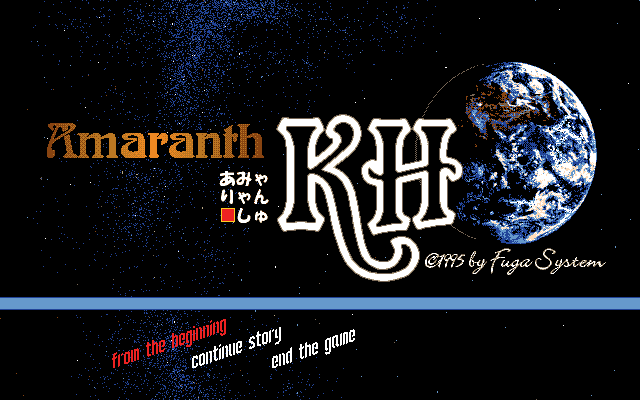
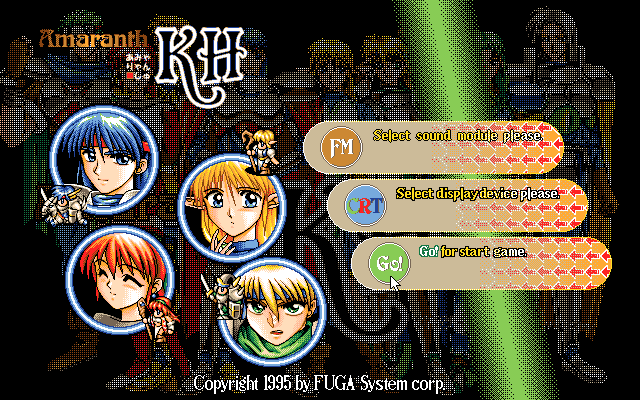
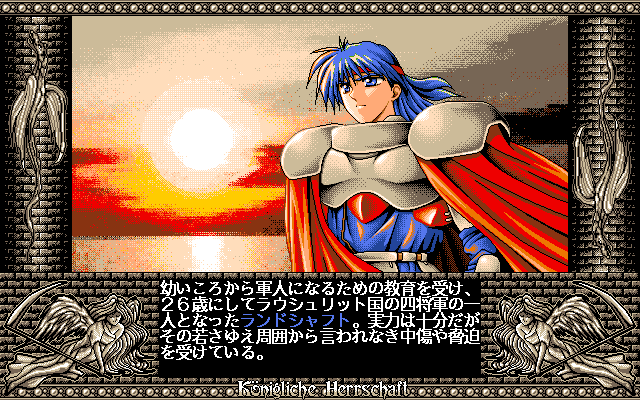
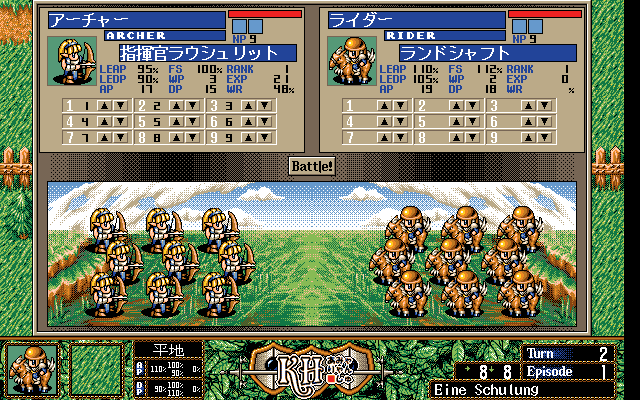
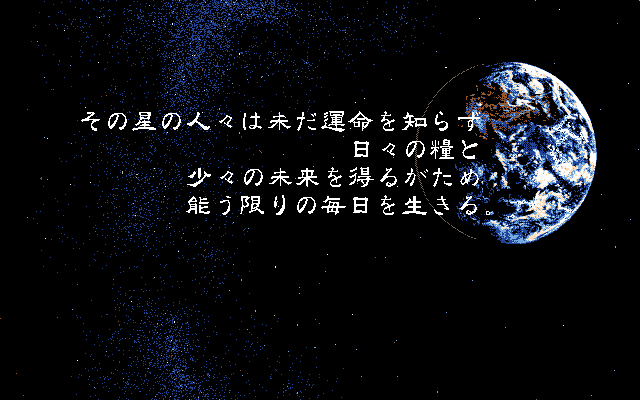



Reviews
There are no reviews yet.